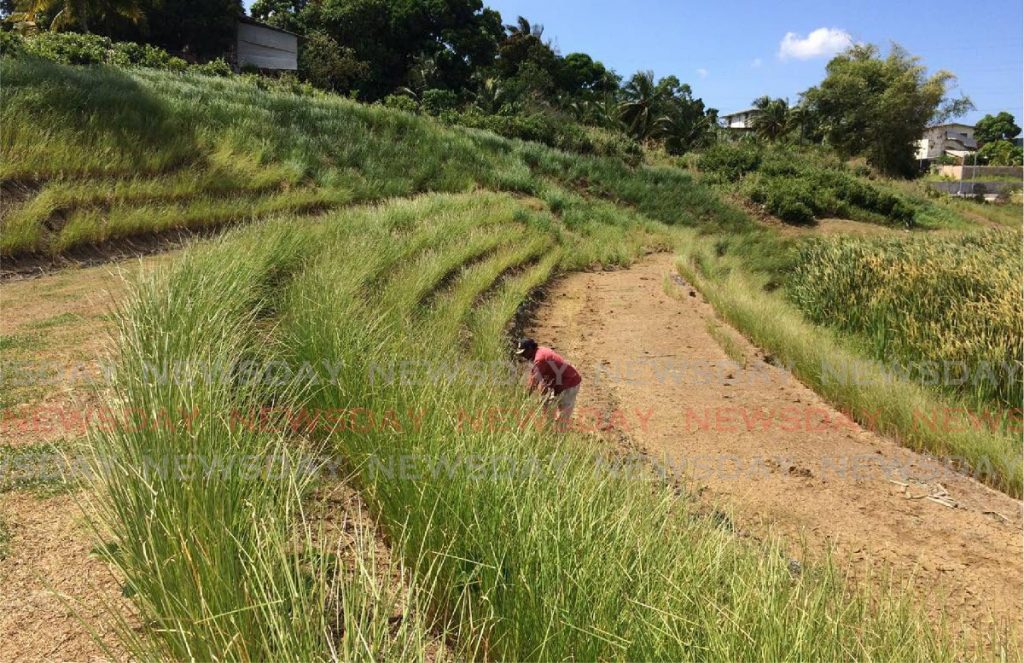Can grass help Trinidad and Tobago's problems with flooding?

The IAMovement, cofounded by Jonathan and Daniel Barcant, along with a group of like-minded, environmentally activist friends, has been promoting the use of vetiver grass for years as a way to manage topsoil loss during periods of heavy rainfall.
Vetiver quickly puts down deep roots: they can run ten-15 feet deep after two years. In addition, the grass is noted for its oil, which is difficult to produce, but in tremendous demand for the production of top-shelf items like perfume.
Jonathan Barcant is a civil engineer and a champion of using vetiver as a solution for soil remediation preservation, through Vetiver TT Ecological Engineering Solutions Ltd. Despite his enthusiasm, uptake has been fitful and the government is yet to weigh in on this opportunity to engage communities in more directly managing their environments.
But Barcant's use of vetiver has taken root in quarry rehabilitation. Between 2018 and 2020, ten acres were planted at sites managed by the National Quarries Company Ltd (NCQL) and Carib Glass. A second phase of the project, which will rehabilitate another ten acres at the NQCL Sand and Gravel Site in Sangre Grande, has been delayed by covid19.
This work was enabled through international environmental agencies, notably the IWEco Project (Integrating Water, Land and Ecosystems Management in Caribbean Small Island Developing States) and the UN Environment Programme.
These are denuded sites where the grass, laid with grass cuttings and mulch, has regenerated and retained new topsoil on acres of stripped land.
Planted along the contours of hillsides, vetiver can play a role in limiting the stripping of topsoil during heavy rain, as well as interrupting the flow of water that floods brown with fertile soil to clog our waterways and wash wastefully into the sea.
Vetiver-based land remediation is a project that the government should be considered for wider implementation, with appropriate training and support.
It's work, but it's work with purpose and a point, not make-work, with the potential to encourage a new generation of workers to link their labour to meaningful, beneficial changes in the country's actual landscape and its vulnerability to climate events.
Large-scale implementation of vetiver grass would of course have to be guided by an understanding of agriculture and geology and designed to have a strategic effect on existing flood patterns.
And then there's the potential for oil extraction from the fast-growing plant.
On that scale, it's more than a group of passionate youth activists can handle on their own, yet somehow it seems smaller than the government is willing to embrace.
This "green infrastructure," as Barcant describes it, isn't as alluring as concrete and glass towers. But while it may not be exciting to find answers in “bush,” vetiver – an old-time solution to a modern problem – may have a role to play in TT's development.


Comments
"Can grass help Trinidad and Tobago's problems with flooding?"